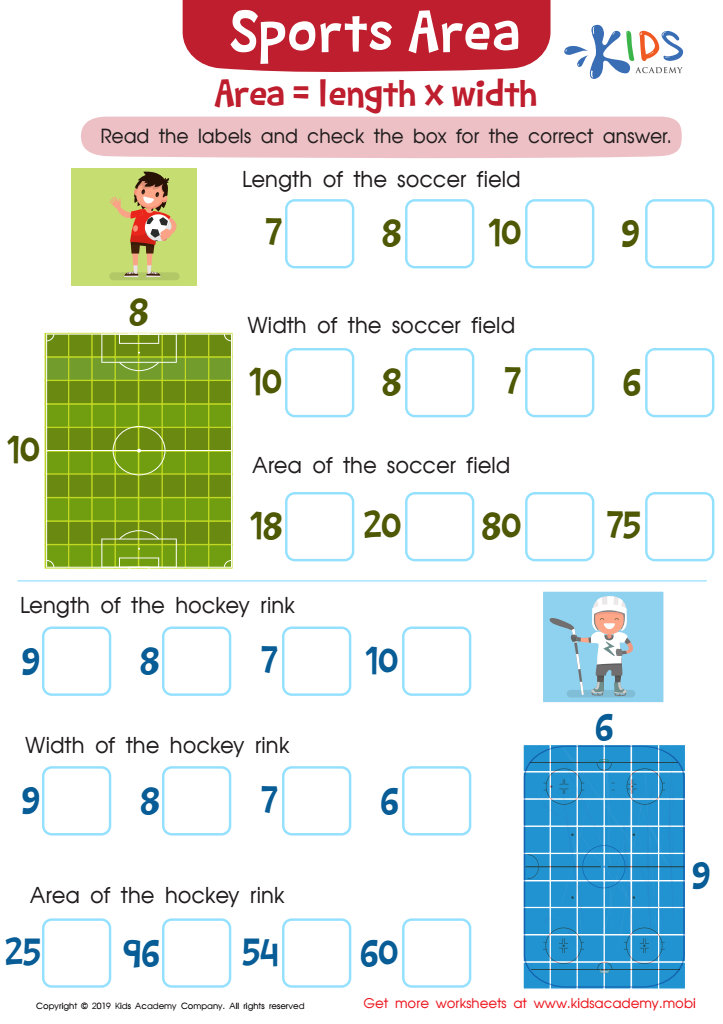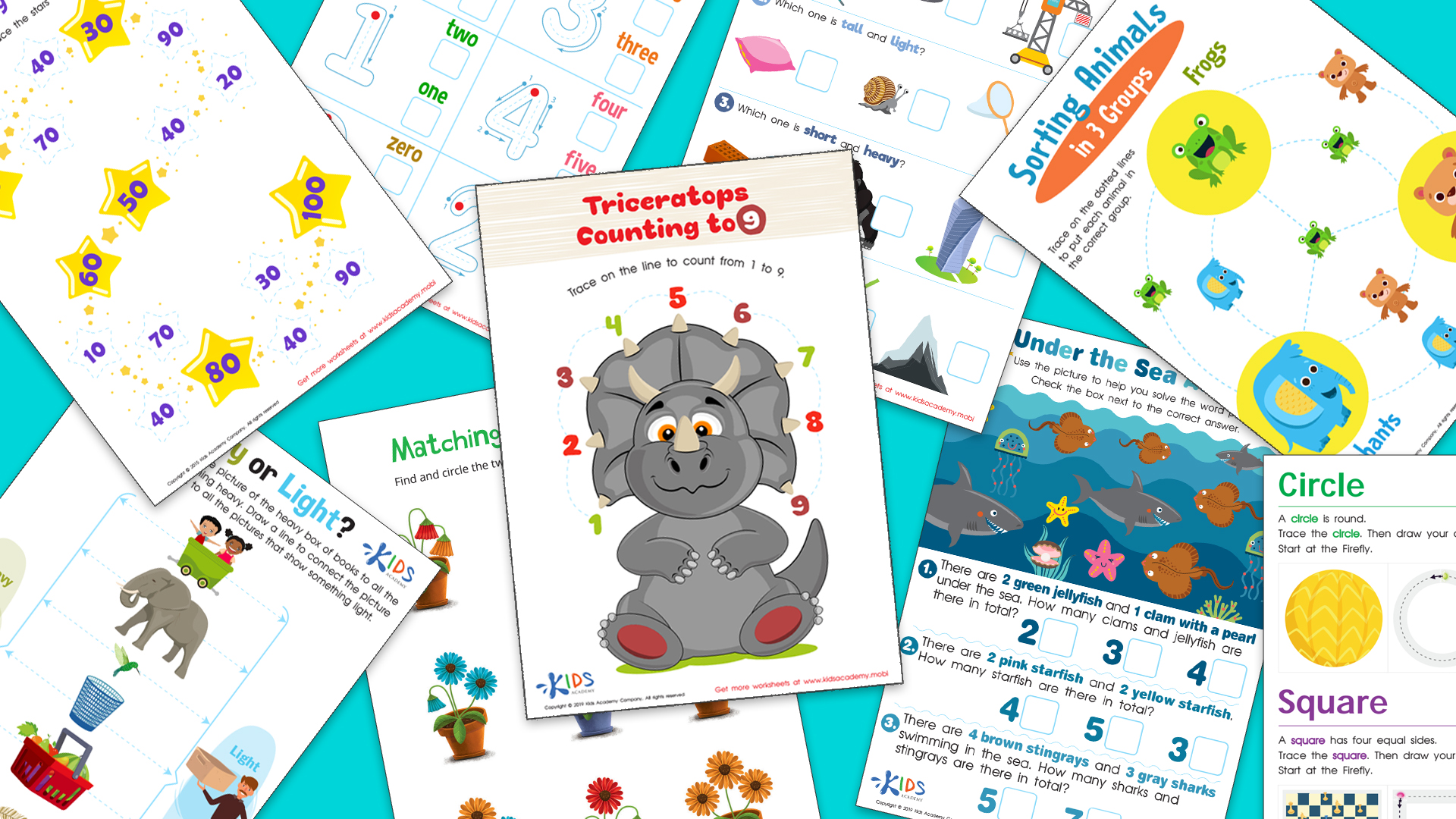Understanding dimensions Worksheets for Kids
1 filtered results
-
From - To


Sports Area Worksheet
Question/Answer
How to train the Understanding dimensions skill in Grade 3 students learning about Geometry?
To train the Understanding dimensions skill in Grade 3 students, use hands-on activities such as building shapes with blocks, drawing shapes in sand or on paper, comparing and sorting objects by their dimensions, and using interactive games that involve identifying and manipulating 2D and 3D shapes.
How does the mastery of the Understanding dimensions skill affect a student's performance at an early age?
Mastery of the Understanding dimensions skill at an early age significantly boosts a student's performance by enhancing their spatial reasoning, problem-solving abilities, and capacity to comprehend and interact with their environment. This foundational skill supports mathematical concepts, science understanding, and overall academic success, fostering a deeper grasp of the physical and abstract aspects of their studies.
How to test a Grade 3 student’s Understanding dimensions skills?
To test a Grade 3 student's understanding of dimensions, provide hands-on activities and worksheets that involve identifying, comparing, and measuring lengths, widths, and heights of various objects. Ask them to build simple 3D models using blocks, and draw objects showing length and height. Include questions that require them to differentiate between 2D and 3D shapes, emphasizing real-life examples.
 Assign to the classroom
Assign to the classroom


.jpg)









